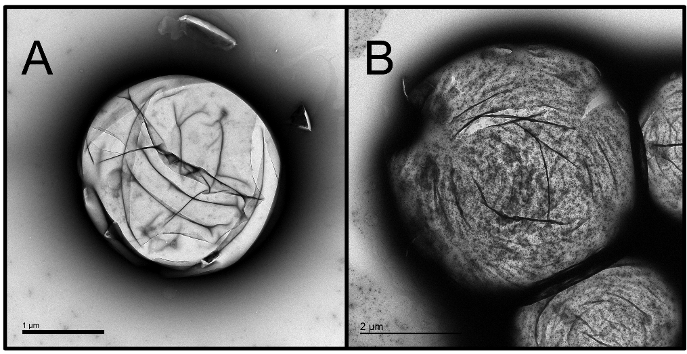Surgical decision for a young woman with familial adenomatous polyposis
Case Study
DOI:
https://doi.org/10.37707/jnds.v1i3.75Keywords:
FAPAbstract
Familial adnomatous polyposis (FAP) is a disease characterised by a multitude of polyps (hundreds to thousands), most often present in the colon, which have pre-malignant potential. The condition is due to a mutation in the adenomatous polyposis coli (APC) gene. Although the majority of these cases are inherited, a significant proportion arise due to a de novo mutation. The definitive treatment for the condition is surgery, but with multiple surgical options available, it is important to consider the trifecta of best evidence, clincial judgement and patient values in the selection process. In the present case report, a 36-year old woman diagnosed with FAP presented with a small bowel obstruction upstream of her stoma. Eight months previosuly, she underwent a panproctocolectomy and ileostomy with the creation of a ileal-pouch. The surgery was necessary as there was a suspected rectosigmoid cancer seen on CT. Reported is the information pertaining to her recent stay in hospital following the obstruction but the discussion explores the multi-faceted approach to determining which type of surgery was most suitable for this patient.
Published
Issue
Section
License
Authors will retain copyright alongside scholarly usage rights and JNDS will be granted publishing and distribution rights.


